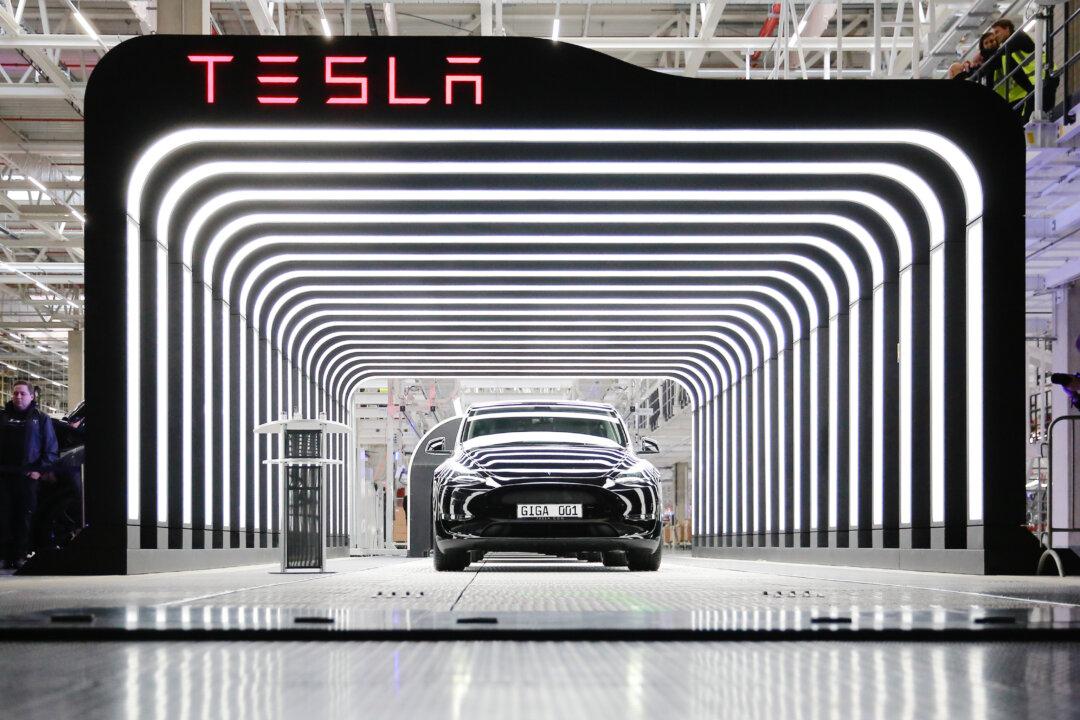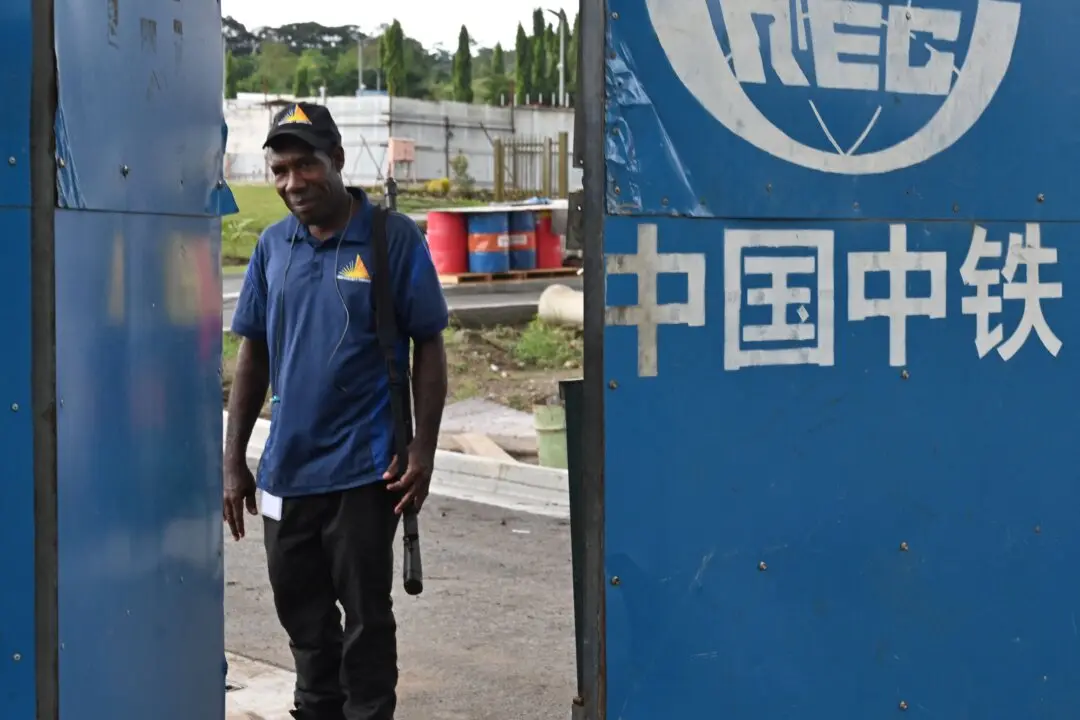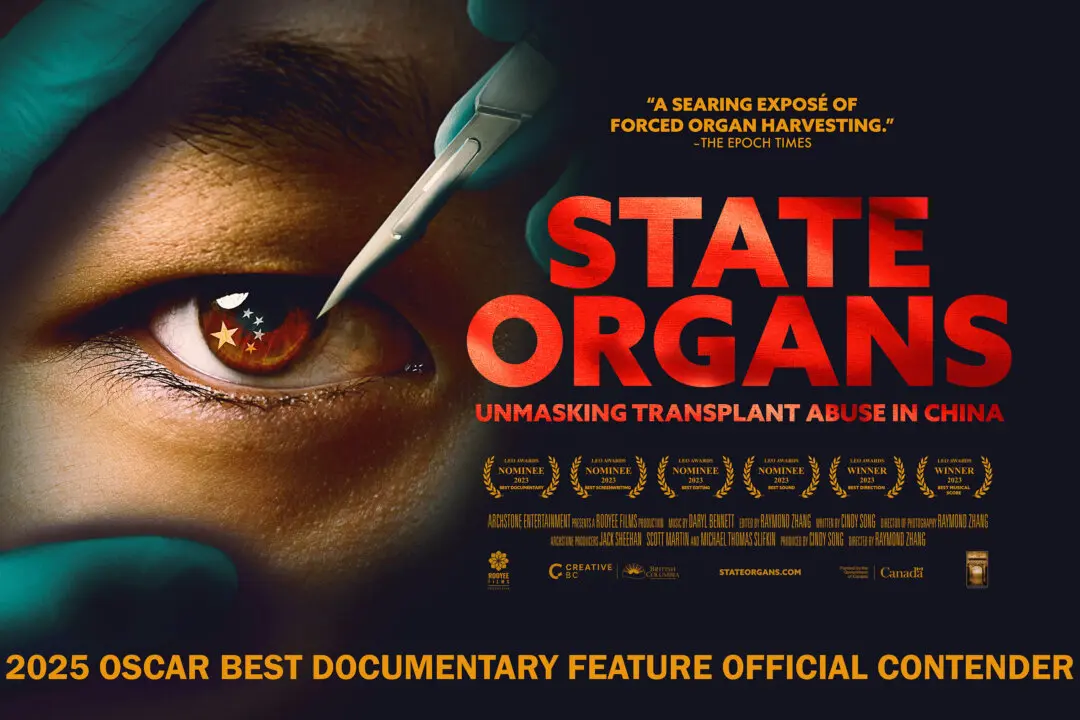Australian federal Treasurer Jim Chalmers hopes to introduce a swathe of tax incentives—similar to some state governments—to help spur electric vehicle (EVs) sales in the country.
It comes as the Labor Party puts forward legislation on the first day of Parliament, July 27, to enshrine a hard emissions reduction target of 43 percent by 2030.





